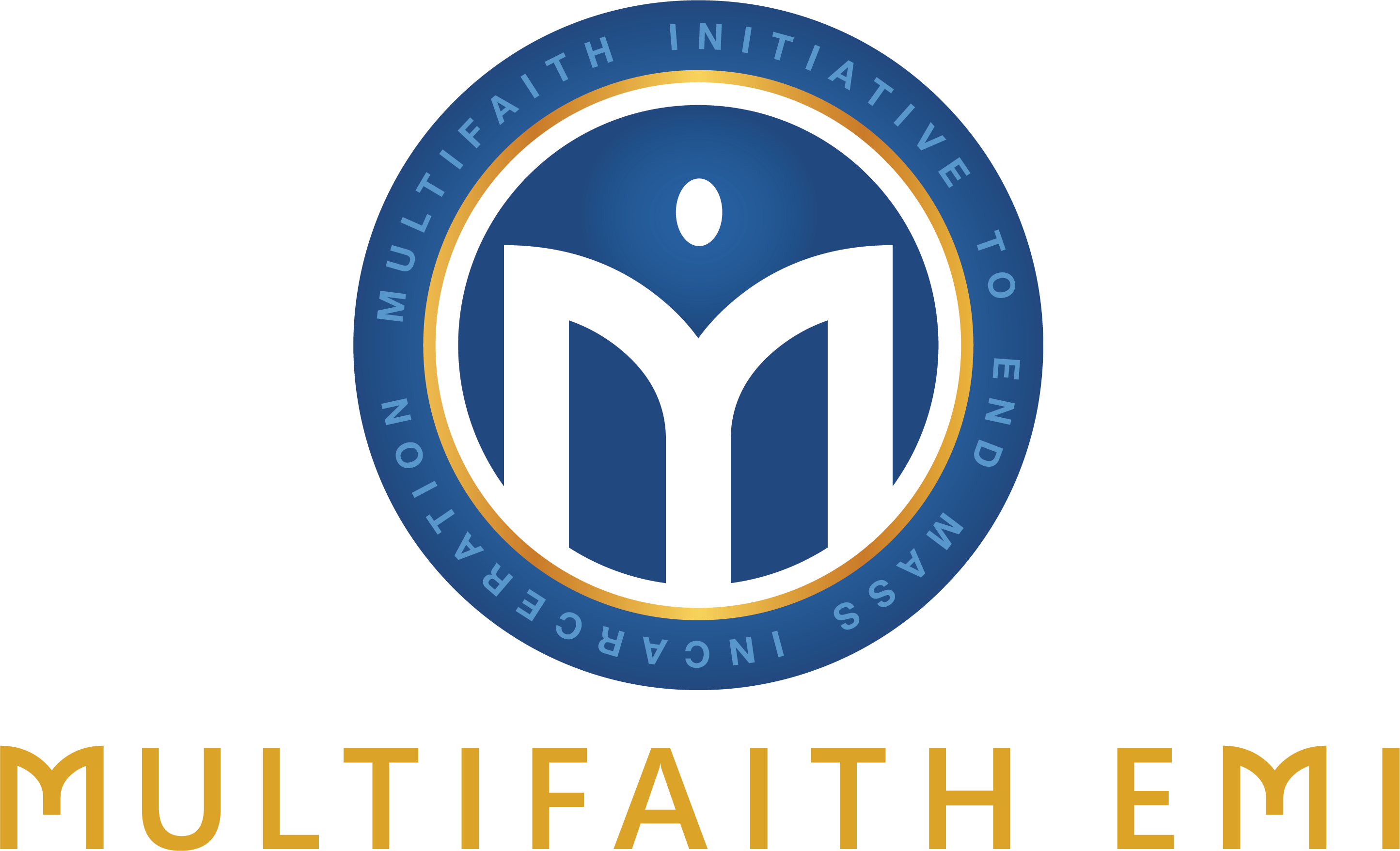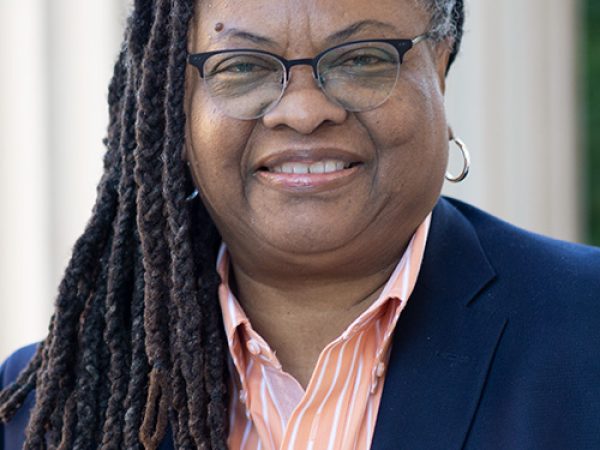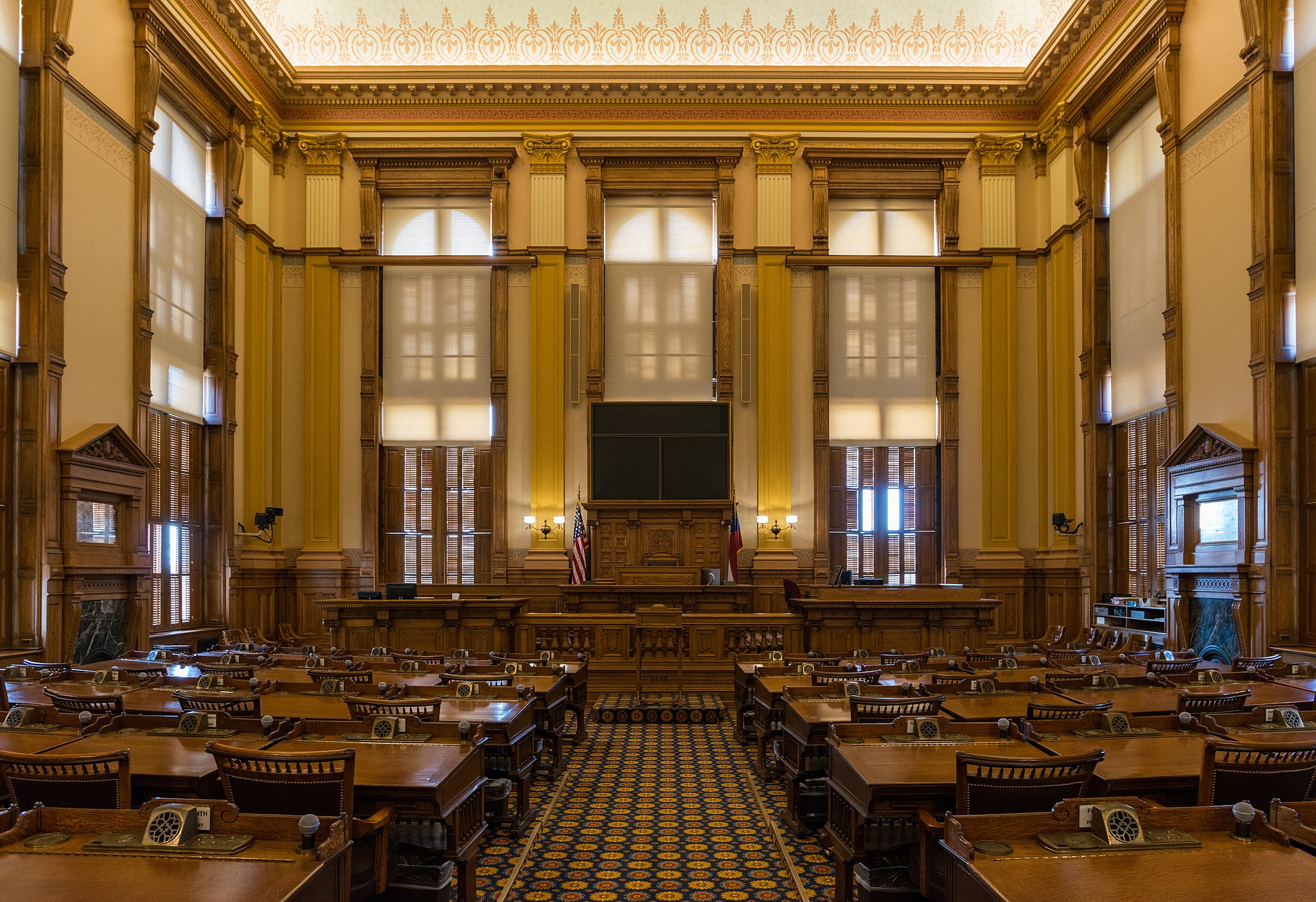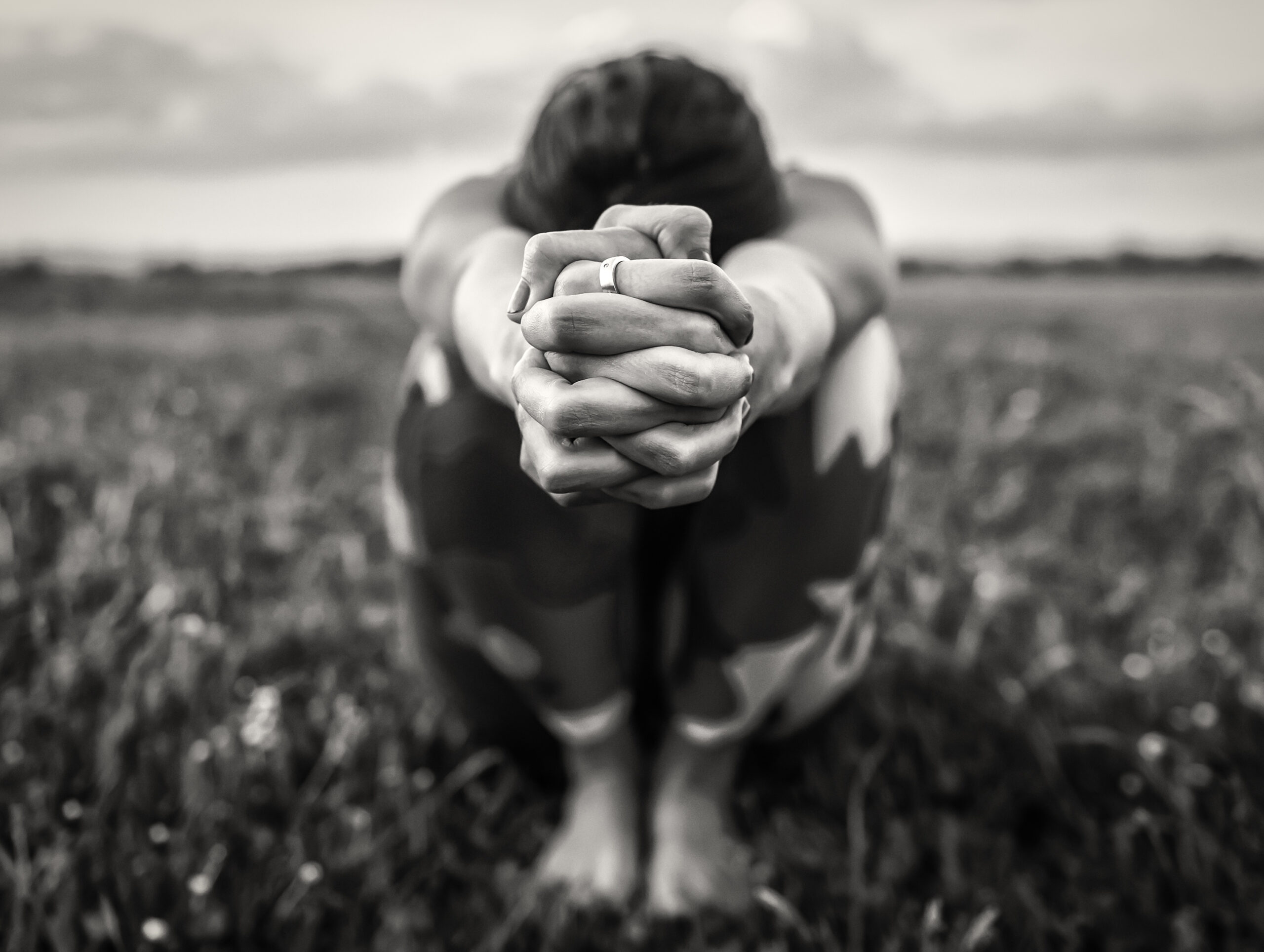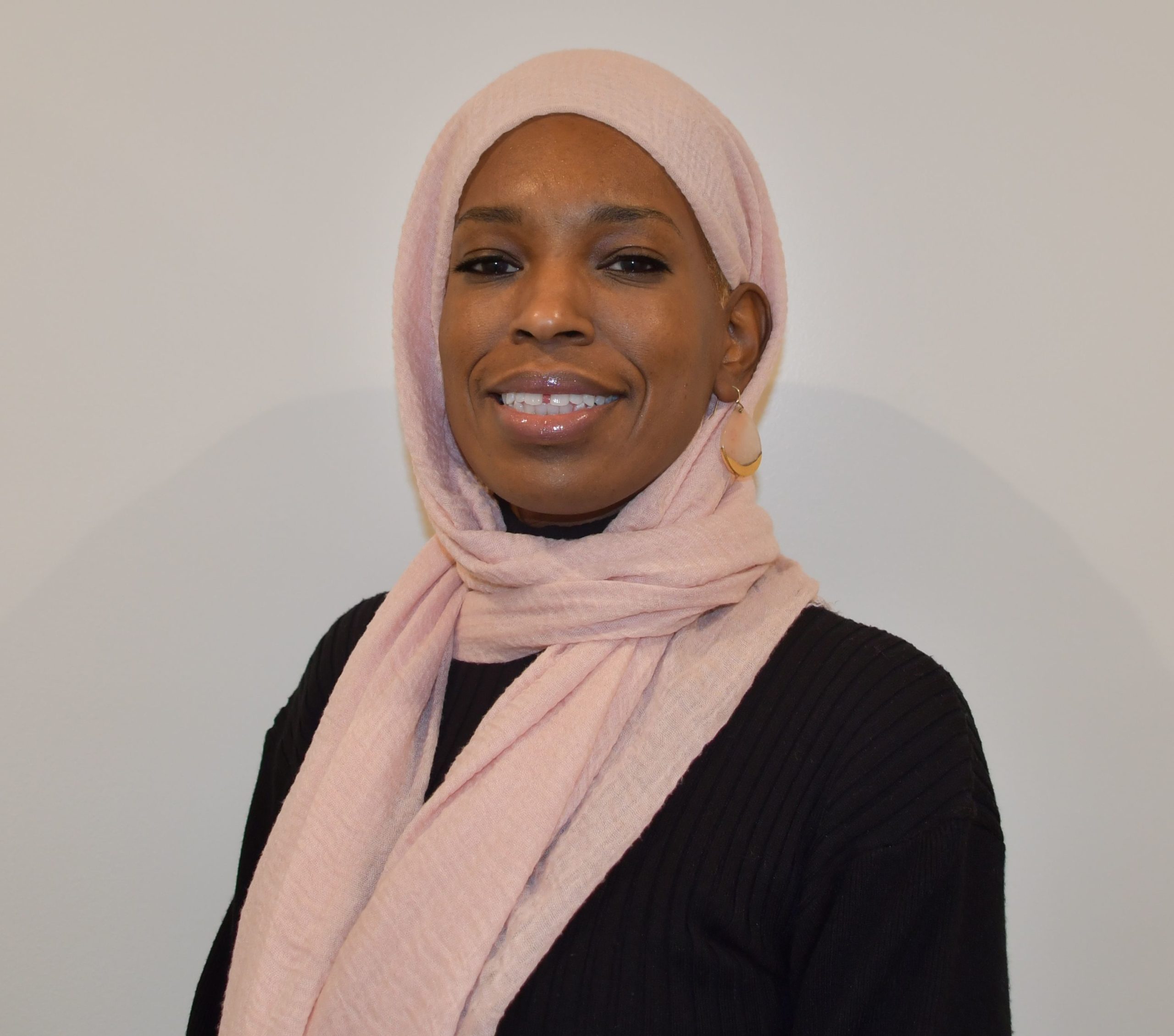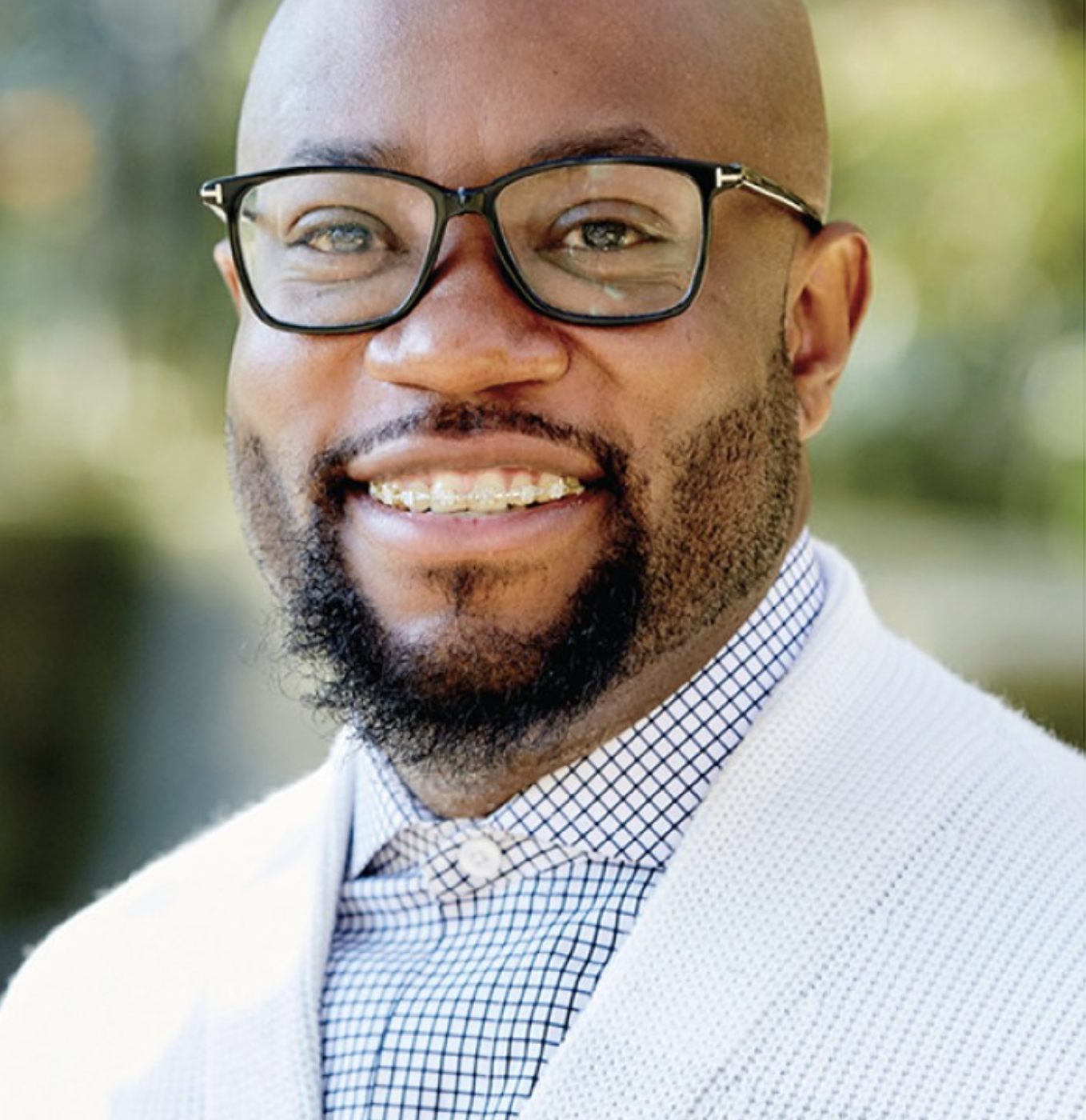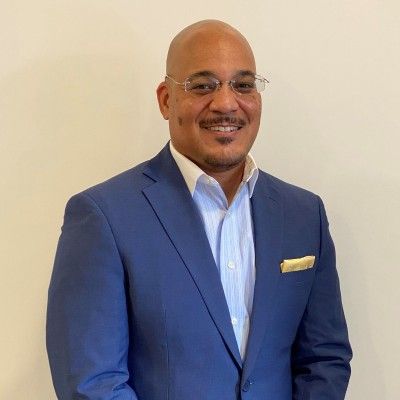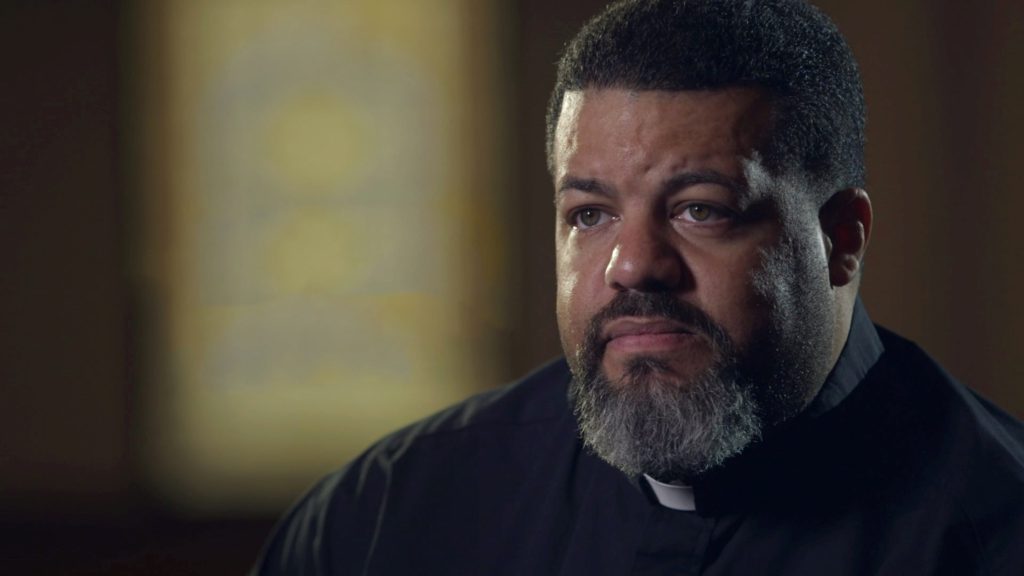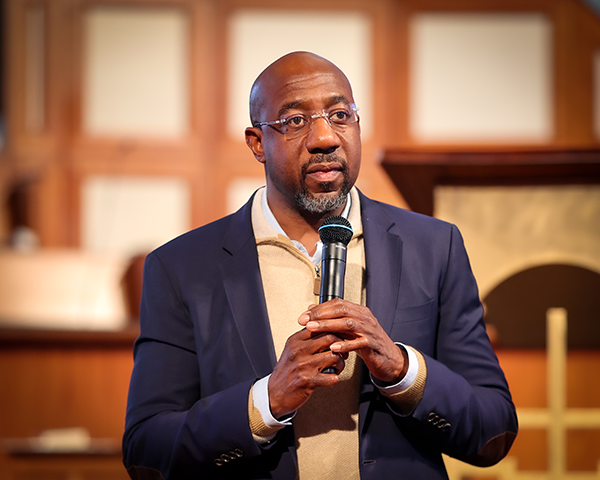Industry is the mode of production that catapulted textile manufacturing, and later steel and coal—products of the Industrial Revolution. During the Industrial Revolution, the technology of mass production offered our capitalist economy an opportunity for exponential growth. That growth potential has now morphed into a prison industrial complex, in which the bodies of caged human beings serve as the commodity by which the industry thrives—the rich get richer and the poor get poorer. The very concept of industry as applied to caged bodies seems almost barbaric. And yet, “for the love of money,” the American economy, through its avarice and stealth designed by governmental accomplices, reached the pinnacle of profit last year. The private prison industrial complex generated $4.8 billion, with profits of $629 million.1
But private industry is not the only malefactor. State and local governments enjoy the lion’s share of profits from caged bodies. This shameful truth gets even worse: State and local municipalities have found a way to use the bodies of caged individuals through census data to draw district lines for elected offices. In some jurisdictions, such as Nashville, Tennessee, the persons elected to Metro Council in several of Nashville’s districts have between 58.7 percent to 87.6 percent of their “constituents” caged in a jail cell. This means that in the latter instance, only 12.4 percent of that councilperson’s constituency is actually free to vote. The rest are placeholders, sitting in a jail cell—human beings who are simply counted to set district lines but who have no voice, no vote, no vested interest in that official’s performance, accountability or service incentive. Consequently, the governmental interest in keeping a large swath of its population caged serves a dual purpose: control of the municipal cache and unbridled discretion to spend on extravagances that render opaque the needs of the masses.
A system of government that will cage its people before it will clothe its people is a system out of control. When a system is so far out of control that the measurement of profit blinds governmental actors from making humane decisions, the result is overpopulation in the prison system. That is the state of affairs we call mass incarceration. It cannot be fixed from within. There is a need for a reassessment, a process re-engineering. The governmental apparatus is fraught. It cannot administer justice because it is inherently unjust. It operates solely and unequivocally off the numbers. The phenomenon is so corrupt that it produces judicial officials who will take bribes to fill prisons because bodies generate profits.2 To call the enterprise a reiteration of slavery or The New Jim Crow evidences the depravity, the utter disregard for human flourishing that characterizes the chaos that Rev. Dr. Martin Luther King Jr. referred to in his final manuscript, Where Do We Go from Here: Chaos or Community? In 1967, Dr. King pondered the very real threats to democracy. His question rings true today. It forces us to ponder, to count up the cost. Which way shall we go? He concluded 50 years ago:
This is no time for romantic illusions and empty philosophical debates about freedom. This is a time for action. What is needed is a strategy for change, a tactical program that will bring the Negro into the mainstream of American life as quickly as possible. So far, this has only been offered by the nonviolent movement. Without recognizing this we will end up with solutions that don’t solve, answers that don’t answer and explanations that don’t explain.3
That so accurately sums up the socioeconomic condition of the world: solutions that don’t solve, answers that don’t answer and explanations that don’t explain. America has known for quite some time, based upon hard scientific evidence, that incarceration serves no purpose save the removal of persons from society. It does not rehabilitate, it does not serve justice to victims, it does not deter future criminal behavior.
Dr. King felt the weight of a reality that is all too familiar to us in the here and now. He was wrestling with the fact that the movement had exposed a void in the American moral character. Acts of brutality against nonviolent resistance, the use of the legal system to shield those acts of violence, the constant deluge of vitriolic rhetoric hurled at innocent men, women and children for simply dreaming of and forging the way to a better day, all converged upon him as he considered, “Where do we go from here?” He saw an America that was profoundly hypocritical in its pronouncements about “freedom and justice for all.” In 1787, the preamble to the American Constitution declared:
We the People of the United States, in Order to form a more perfect Union, establish Justice, insure domestic Tranquility, provide for the common defence, promote the general Welfare, and secure the Blessings of Liberty to ourselves and our Posterity, do ordain and establish this Constitution for the United States of America.
But in 1967, Dr. King found little evidence that America truly embraced the ideals for which it purportedly ordered its democracy. And so he pondered a very real existential crisis “that we must honestly face the fact that the movement must address itself to the question of restructuring the whole of American society” (emphasis added). Restructuring the whole of American society suggests that Dr. King saw chaos all around him. In fact, as he mediated the ethical dilemmas, MULTIFAITH REFLECTIONS & ORGANIZATIONS 21 RESOURCES & ACTION TOOLKIT | THE MULTIFAITH INITIATIVE TO END MASS INCARCERATION he posed several probative questions that I find relevant for us in this present moment. He asked rather poignantly:
Why are there 40 million poor people in America? And when you begin to ask that question, you are raising a question about the economic system, about a broader distribution of wealth. When you ask that question, you begin to question the capitalistic economy. And I’m simply saying that more and more, we’ve got to begin to ask questions about the whole society. We are called upon to help the discouraged beggars in life’s marketplace. But one day we must come to see that an edifice which produces beggars needs restructuring. It means that questions must be raised. And you see, my friends, when you deal with this you begin to ask the question, “Who owns the oil?” You begin to ask the question, “Who owns the iron ore?” You begin to ask the question, “Why is it that people have to pay water bills in a world that’s two-thirds water?4
Today, we must ask the question, “Why is it that people who pay water bills draw water from contaminated sources due to insufficient water treatment?” Lead-laced water by governmental complicity pumped into homes where children, mothers and fathers were drinking it for years. It only came to light in 2014 when the 40 percent black, impoverished city of Flint, Michigan began to reveal high blood lead levels in children, adding the potential for learning disabilities and mental retardation. King’s question remains probative.
Chaos. It connotes a condition or perhaps a behavior so unpredictable as to appear random. In Greek mythology and philosophy, chaos conjures up centuries of cosmogonic studies about the origins of the universe. Many theories have been authored. There are creation myths from various religious traditions, the theory of evolution, the astrophysical theories, the big bang theory, the nebular hypothesis, the planetesimal hypothesis and many others. In all of the theoretical, the philosophical, there is little doubt that chaos is a thing. Dr. King petitioned American society with prophetic urgency to see the folly of its projections and to rethink the ideal of democracy for the greater good. What we know is that in the 50 years since his death, the number of people living in poverty has increased from 40 million to 45 million, according to the U.S. Census Bureau. Incarceration is the culprit.
Modernity’s panopticon—the surveilling eye—presents itself in the postmodern context as the protracted, supermasculine power of the nation-state spiraling out of control. Proliferating and propagating fiction versus truth, the nationstate of postmodernity manufactures social control through selective truth. America’s criminal justice system evolved from this frame. Its prophecy is bondage. Its historical genealogy suggests, in the words of Stuart Hall, “what is at issue here is the foundation of truth that science has performed within modern cultural systems from the 18th century onward.”5 That foundation pushes some human beings into the shadows of existence while others flourish in the citadels of greed.
The rate of incarceration produced by the American criminal justice system far exceeds that of any other nation. We hold 5 percent of the world’s population and 25 percent of the world’s incarcerated—a statistic well documented by the U.S. Bureau of Justice Statistics. In October 2013, the rate was 716 per 100,000. Incarceration rates have increased steadily since 1924; now they include more women and girls. Again, I argue: A nation that will cage its people before it will clothe its people is a nation in chaos. Mass incarceration, therefore, signifies the complex nature of existence for the incarcerated well beyond the period of incarceration. The formerly incarcerated, their families and communities are never ever free from incarceration; they are severely impoverished, politically disenfranchised and reduced to perpetual existential crisis.
Who challenges the false prophecy of a carceral nation-state? What interventions must be employed to foster liberation for those condemned by a nation-state obsessed with itself and oblivious to the common interest of the people? The prophet Isaiah, in chapter 42, suggests it is those who listen to the voices of the marginalized; those who are attentive to the cry of the children; those who will not be silent in the face of multiple sites of suffering at the hands of the carceral nation-state; those who can envision, articulate and codify hope for a people in chaos. The prophet records a mandate from God:
I am the Lord, I have called you in righteousness, I have taken you by the hand and kept you; I have given you as a covenant to the people, a light to the nations, to open the eyes that are blind, to bring out the prisoners from the dungeon, from the prison those who sit in darkness.6
ENDNOTES
1 Industry Market Research Report, IBISWorld, “Correctional Facilities Industry in the US,” retrieved Feb. 25, 2019 from https://www.ibisworld.com/industry-trends/market-researchreports/administration-business-support-waste-managementservices/administrative/correctional-facilities.html.
2 Walter Pavlo, “Pennsylvania Judge Gets ‘Life Sentence’ for Prison Kickback Scheme,” Forbes, retrieved Feb. 25, 2019 from https://www.forbes.com/sites/walterpavlo/2011/08/12/ pennsylvania-judge-gets-life-sentence-for-prison-kickbackscheme/#2c1467e4aef0.
3 Martin Luther King Jr., Where Do We Go From Here: Chaos or Community? (Beacon Press: MA, 1986).
4 Excerpt from Dr. Martin Luther King Jr.’s speech “Where Do We Go from Here?” Delivered at the 11th Annual SCLC Convention, Atlanta, Georgia, Aug. 16, 1967, retrieved Feb. 25, 2019 from https://www.plough.com/en/topics/justice/social-justice/where-dowe-go-from-here.
5 Stuart Hall, The Fateful Triangle: Race, Ethnicity, Nation, Kobena Mercer, ed., (Harvard University Press: MA, 2017), 56.
6 Is. 42: 6-7, NRSV.
